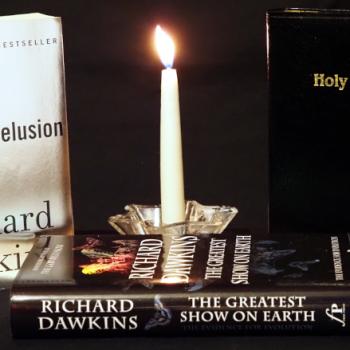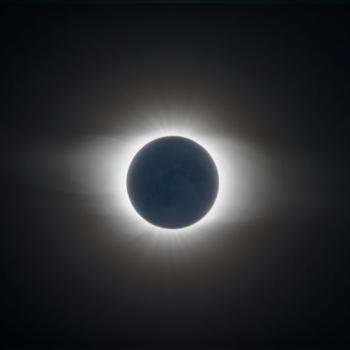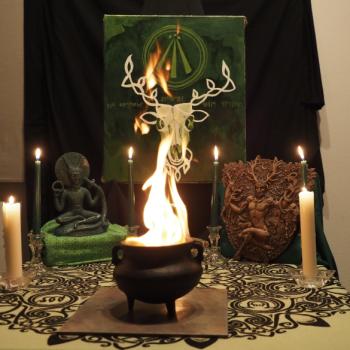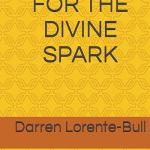This year I’ve been watching a lot of the movies I wasn’t allowed to watch as a kid.
To be fair, my parents put very few restrictions on my movie watching. The only movies I was explicitly forbidden to watch were The Exorcist (which I saw at midnight in college – what an experience!) and Helter Skelter. That one was never fully explained, but it wasn’t a problem. I had no desire to watch it, and I’ve still never seen it.
But I grew up in the era of three TV channels and two duplex movie theaters – there was a lot I missed because it wasn’t available. Even if a movie made it to TV it was often preceded by three terrible words: edited for television. Aggressive censors cut out profanity, violence, sex, and nudity. Especially sex and nudity. And the edgier movies never made it to TV in any form.
Now I’m an adult, living in an era of a zillion streaming services, some of which carry old and obscure movies. Revenge is mine.
These are the Top 10 horror movies I couldn’t watch as a kid. I never heard of most of them when I was growing up, but I would have enjoyed them if I had been able to see them. To fit the requirements of the title, there are two rules.
First, the movie has to be from the 1960s or 1970s. Anything older than 1960 likely wouldn’t have been censored (or rather, it was already censored by the Hays Code). By 1980 I was an adult and could see what I wanted, if I could find it.
Second, it can’t be a movie on my 2016 or 2019 Halloween movie lists. So none of Vincent Price’s Edgar Allan Poe films (some which I did see on Shock Theatre), Hammer’s Dracula series, or The Vampire Lovers (which I definitely did not see as a kid). There are a lot of good movies on those lists, but I don’t want to duplicate them here.
Not everything here was or would have been censored. That’s not the point. The point is that I couldn’t watch them then, but I can watch them now.
All of these are good movies – some are better than others. The rankings are my subjective opinion – not how “good” or “influential” they are, but simply how much I enjoyed them, all things considered. Your rankings may be different – these are mine.
Movies come and go on streaming services – you may not be able to see them in the same places I saw them. IMDb is usually – but not always – a reliable guide for what’s where.
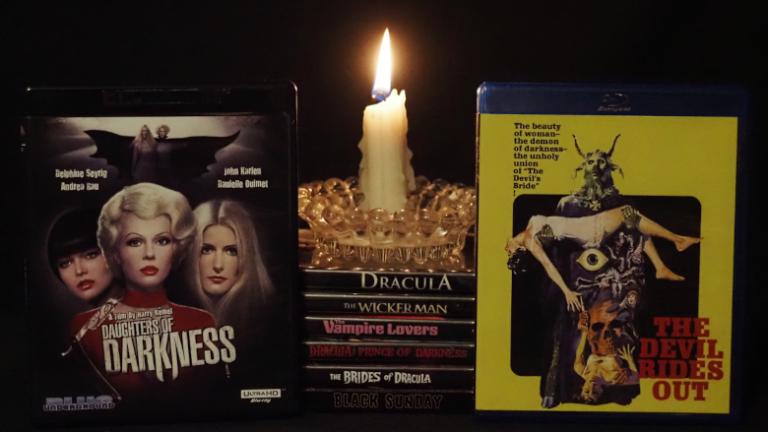
10. Terror in the Crypt (1964)
Also known as Crypt of the Vampire, it was made in Italy and originally titled La cripta e l’incubo. It stars Christopher Lee as Count Karnstein, who is not a vampire but who fears his daughter may be possessed by the spirit of a witch his ancestors killed centuries ago.
Terror in the Crypt is loosely based on Carmilla by Sheridan Le Fanu (1872), with a dose of Mario Bava’s Black Sunday (1960) mixed in. The story is good, the mystery is preserved until the end, and the supernatural elements aren’t explained away. It’s a good black and white gothic horror film.
Technical note: the version for rent on Amazon Prime is an old print formatted for pre-HD TV (4:3 aspect ratio). I found a much better copy in the original widescreen on YouTube.
9. Season of the Witch (1972)
I was a 10-year-old boy in 1972, but I was a 10-year-old boy who listened and paid attention. The themes of bored suburban housewives and the need for women’s empowerment in Season of the Witch were very familiar. Joan (Jan White) is abused and unappreciated – and then she discovers witchcraft. Unlike so many movies of this era, this one contains some real witchcraft.
In her 2018 book Bell, Book and Camera (updated in 2021 as Lights, Camera, Witchcraft) Heather Greene says “Joan moves from a point of powerlessness to a point of power through sexual liberation and witchcraft. As such, the film is a product of its time and comes the closest to a true feminist witch narrative in any film.” It’s directed by George Romero, better known for Night of the Living Dead.
This movie was originally titled Jack’s Wife and then Hungry Wives. There are at least three different cuts, one running 2:10, one running 1:44, and one – the one I found on both Amazon Prime and Tubi as Season of the Witch – at 1:29. The shorter version doesn’t appear to be missing anything of importance.
8. Castle of Blood (1964)
Filmed as Danza Macabra in Italian, this movie centers around a skeptical journalist interviewing Edgar Allan Poe in London. He’s approached by Lord Blackwood, who bets him that he can’t spend tonight – November 1st, the “Night of the Dead” – in his abandoned castle. After a few typical haunted house scares, he realizes the castle isn’t abandoned and he’s joined by two beautiful women… who don’t seem to like each other. As the night progresses, more and more people come and go. Are they alive? Ghosts? Vampires? Will our journalist make it till dawn and win his bet?
The opening credits say Castle of Blood was adapted from a story by Edgar Allan Poe, but while it is very Poe-like, he wrote nothing that directly corresponds to this movie. And while Poe lived in England when he was a boy, he returned to the United States at age 11 and never went back.
This is an early 60s horror movie – despite the title, there is very little blood. However, this is the only movie on this list where I feel obligated to provide a content warning. A snake is killed on camera and it wasn’t a special effect. You expect to see humans and human-like creatures treating other humans badly in horror movies. I wasn’t expecting to see this.
That aside, for atmosphere and suspense Castle of Blood is excellent.
There are numerous cuts of this movie – some of them are quite bad. I found two versions on YouTube that are close to original, one in Italian with subtitles and one dubbed in English.
7. Vampire Circus (1972)
Count Mitterhaus drains one too many women and children, so the villagers finally storm the castle and stake him. As he’s dying, he curses them. Fifteen years later, the village is struck by a deadly plague and is quarantined by armed guards. Somehow a circus gets through the roadblocks and brings a bit of joy to the town. Unbeknownst to them, the circus is full of vampires, including a relative of Count Mitterhaus intent on avenging him – and resurrecting him.
I’ve seen all nine Hammer Dracula movies, most multiple times. I’ve seen their Karnstein Trilogy (which isn’t really a trilogy, but the three movies are still worth watching) several times. But I never even heard of Vampire Circus until I went looking for old movies to stream. Perhaps that’s because it has none of Hammer’s usual stars: no Christopher Lee, no Peter Cushing, no Ingrid Pitt. It does have a young – and shirtless – David Prowse as the circus strongman.
Vampire Circus is enough like the other Hammer vampire movies to feel familiar, and it’s different enough to feel unique. That makes it perfect for this quest for streaming revenge.
6. Eugenie (1970)
The first line of director Jesús Franco’s Wikipedia page says he’s “known as a prolific director of low-budget exploitation and B-movies.” Eugenie qualifies as all of the above. It’s based on La philosophie dans le boudoir (1795) by the Marquis de Sade, about a woman and her brother who set out to corrupt a young girl (she’s 15 in de Sade’s story – Marie Liljedahl was 19 when she played Eugenie).
Is it a horror movie? It’s definitely psychological horror, and I found the ending to be rather frightening – and unpleasant. It has Christopher Lee in it, playing a role obviously inspired by de Sade himself. In this interview clip, Lee said he had no idea what the movie was about until after it was finished.
I discovered it because the band Blood Ceremony created a song about it for their new album The Old Ways Remain. Even if you don’t watch Eugenie the movie, check out “Eugenie” the song.
5. Persona (1966)
Ingmar Bergman (1918-2007) is considered one of the greatest directors of all time. He wrote and directed this story of a young nurse (Liv Ullmann) caring for a famous actress who had a breakdown and has stopped speaking. At the recommendation of her doctor, they move to a summer house on the beach, where they’re isolated together – the speaking nurse and the non-speaking patient. As the weeks go by, their personae begin blending together.
This is not a straightforward movie. It contains some disturbing imagery that’s open to interpretation. It had me remembering some difficult times in my life and questioning if my response was ideal, or even adequate. Definitely not a popcorn movie, but it will make you both feel and think.
Persona is in Swedish with English subtitles.
4. Baba Yaga (1973)
Fashion photographer Valentina has a seemingly-random encounter with a rich older woman who calls herself Baba Yaga. After that, Valentina starts having strange dreams, her cameras malfunction in odd ways, and people she photographs die mysteriously. There’s an old house with a bottomless pit and a creepy bondage doll that comes to life. Some of what’s going on is in Valentina’s head and some of it is not – which is which is left for the viewer to decide.
Baba Yaga has very little to do with the witch of Russian folklore. It’s based on the Valentina comics series by Guido Crepax that ran from 1965 through 1996. It’s a combination of horror and giallo (Is giallo a subset of horror? Open a bottle of Chianti or Nero d’Avola and let’s discuss it). It does an unexpectedly good job of capturing the atmosphere of Italy in the 1970s (fashionable but in decline, with talk of a revolution that never came) but mainly it’s a movie that gets the mixture of sexy and scary just right for my tastes.
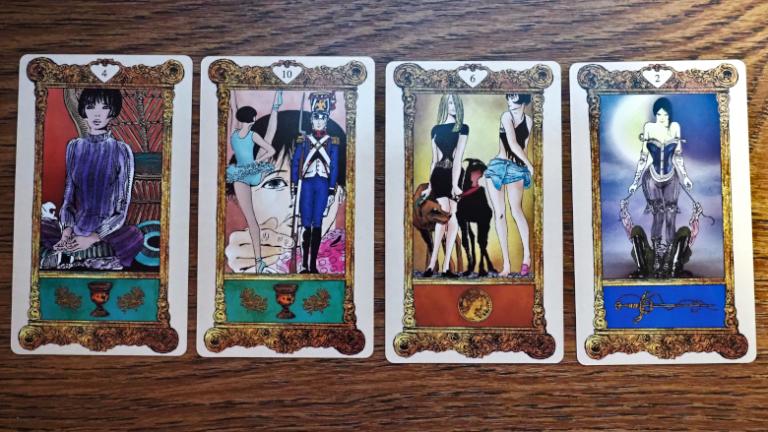
3. Eye of the Devil (1966)
David Niven plays Philippe, a Marquis who lives happily in Paris with his wife Catherine (Deborah Kerr) and their two small children. Until he gets word that the vineyards on the estate his family has owned for a thousand years are failing for the third consecutive year. If you’ve seen The Wicker Man – a movie that would not be made for seven more years – you know where this is going. Except Philippe is a knowing and willing sacrifice. Eye of the Devil presents the idea of the Sacred King much more faithfully than The Wicker Man.
Most of the story is told from the perspective of Catherine as she attempts to figure out what’s going on, and once she does, to stop it. Will she? Can she? The ending is both what I expected, and not.
This was supposed to be the film debut of Sharon Tate, but because of post production delays, it wasn’t. The opening credits still say “introducing Sharon Tate.” She was very good as someone who may be a witch, and is dangerous whatever she is.
This movie is excellent, and not just because of the “name” cast. The writing and the direction make for a suspenseful and entertaining movie.
2. The Devil Rides Out (1968)
The Devil Rides Out is based on the 1934 novel of the same name by Dennis Wheatley. It was released in the U.S. as The Devil’s Bride because Hammer Films was afraid American audiences would think it was a Western. It’s set in the late 1920s and stars Christopher Lee as a duke trying to rescue the son of a friend from a group of Satanists led by Charles Gray (better known for playing Blofeld in Diamonds Are Forever and The Criminologist in Rocky Horror Picture Show).
The Satanism is a mixture of fiction, legend, and misappropriated occultism. Gray’s Mocata is clearly based on Aleister Crowley – one reviewer said that Mocata was what Crowley wished he could be. The movie is one of several from this era centered on the theme that the devil was corrupting young people and only strong institutions (usually the Church, but in this case the aristocracy) could save them.
For someone with only an academic interest in magic, Lee’s Duc de Richleau sure knows a lot about it. He’s good at it too. Some of the ceremonial magic in the film is real – all of it looks and feels genuine. Lee called this his favorite Hammer film, and I see why.
Full disclosure: I cheated on this one. I couldn’t find The Devil Rides Out on any streaming service – free or paid – so I bought it on Blu-ray. I’ve seen it on TCM before – look for it there during their Halloween horror marathons.
1. Daughters of Darkness (1971)
Stefan, a young rich Englishman, has just married Valerie, an even younger Swede. He’s reluctant to take her home to meet his mother, and they end up at a Belgian seaside resort in the off-season – they’re the only guests in the hotel. Until, that is, they’re joined by Countess Elizabeth Báthory and her beautiful traveling companion Ilona – who never come out in the day. And then young women in the nearby town start turning up dead and drained of blood.
This is a story of secrets, lies, and manipulation. The story is tight, the acting is excellent (especially Delphine Seyrig as the Countess), and the atmosphere is as good as you can get without setting it in a haunted castle.
I could have listed the top three movies in any order. But unlike so many of the movies on this list – and in this genre as a whole – I liked the ending of Daughters of Darkness. And that’s enough to make it #1.








